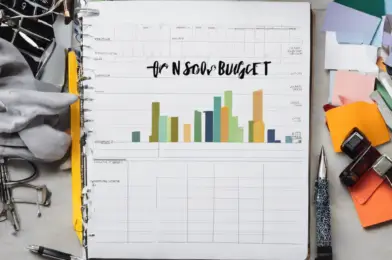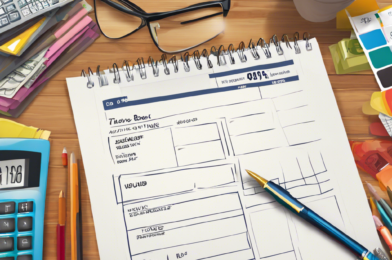Planning a trip is an exciting endeavor, but budgeting can often feel daunting. The key to successful travel is to strike a balance between exploring new horizons and being financially savvy. With a well-crafted budget, you can turn your travel dreams into reality without breaking the bank. Here’s a comprehensive guide to help you save and plan effectively for your next adventure.
Embarking on the journey of travel budgeting begins with setting a realistic financial goal. Calculate an estimate of the total expenses for your trip, considering factors such as transportation, accommodation, meals, activities, and any potential emergencies. Research is your best friend in this process. Utilize online resources, travel blogs, and forums to gather information on the average costs associated with your destination. This initial step will give you a clear direction and motivate you to start saving.
Once you have a target amount, it’s time to devise a savings plan. Determine the timeline you have before your trip and calculate how much you need to save each month to reach your goal. Consider setting up a dedicated travel savings account where you can automatically transfer a fixed amount from your income each month. This disciplined approach will ensure that you stay on track and reduce the temptation to dip into your travel funds.
One of the most effective ways to save for travel is to cut down on unnecessary expenses in your daily life. Review your spending habits and identify areas where you can reduce costs. For instance, packing your lunch instead of eating out every day or negotiating better rates on your monthly subscriptions can free up a significant amount of money. Remember, small changes add up over time.
Another smart strategy is to consider alternative travel options to save costs. Opting for off-season travel can significantly reduce expenses, as prices are generally lower during these periods. Embrace the beauty of shoulder seasons, which offer pleasant weather and fewer crowds. Additionally, look for deals and discounts on accommodation and transportation by signing up for travel newsletters or using price comparison websites.
While saving is essential, planning an itinerary can also contribute to an efficient budget. Create a day-by-day plan, listing the places you want to visit and the activities you wish to engage in. This itinerary will allow you to estimate costs more accurately and help you prioritize experiences, ensuring you don’t overspend.
Travel budgeting is an art that allows your dreams to take flight without financial constraints. By setting realistic goals, implementing disciplined savings strategies, and planning meticulously, you can embark on your journeys with confidence. So, pack your bags and get ready to explore the world, one budget-friendly adventure at a time!










